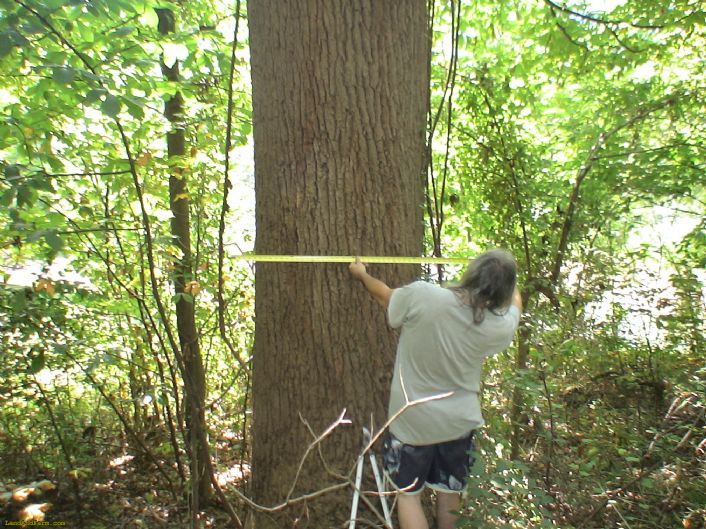Conditioning Lumber to Relieve Drying Stress
Tips on steaming lumber at the end of the drying cycle to reduce stress. May 15, 2012
Question
I've been doing better conditioning 4/4 lumber, but any 8/4 lumber I use still has terrible stress, really pinching the tablesaw blade, so I guess I have some more learning to do. I run about 1600 bd ft of 4/4 lumber in my Nyle kiln. I started using a commercial rice cooker to add moisture at the end of the kiln cycle to condition. Adding about 4 gallons over 8 hrs. How much longer do you have to condition with 8/4? Ballpark, say twice as long? I've not ever really gotten 8/4 lumber to be nice and stress free when tablesawing. Help!
Forum Responses
(Sawing and Drying Forum)
From contributor D:
The best is to use steam. I boil 45 gallons of water for 4000 pmp in 8 hours. After I hold the temperature and wait 12 hours before venting. I do the same with 4/4 to 8/4 with hardwood.
From Professor Gene Wengert, forum technical advisor:
The key to stress relief is rapid addition of moisture to the wood at high temperatures (160 F or higher). You do not have enough steam in your cooker... You need a much larger steam supply.
Because of the deterioration from steam in a wood kiln or even aluminum or cinderblock, many people use a separate chamber for stress relief steaming. The cooling of the lumber between the kiln and the steamer also helps with rapid condensation.
From contributor L:
Try to evaporate ten pounds of water per hour per mbf. That is a small load for an L200 so maybe you are being too aggressive at the beginning of the charge.
From contributor C:
I have seen lumber both pinch into and spread away from the saw blade. Often the wood that pinches is very old, reclaimed wood and wood that spreads away is usually wood that is still wet inside. It may be that your core MC is lower than the surface MC. Many other factors could also cause your boards to pinch, such as ripping quartersawn parallel to the rings, and lumber sawn from logs with excessive twist or from crooked logs. It may be that you are over conditioning the stack? Try making stress tests on your next charge periodically with some test boards. It will tell you a lot about what is going on with the lumber tension-wise as it dries. Just thinking out loud.
From Professor Gene Wengert, forum technical advisor:
When cutting the prongs for a stress test, it is 100% critical that there is no moisture gradient if you want accurate stress results. This is why stress tests during drying are not worthwhile. You can get an even moisture gradient by putting the prongs into a microwave at high power for about 15 to 30 seconds if the gradient is not too large. Then let the prongs sit for a few minutes, and then what you see is what will show up on the cool lumber when someone wants to use it.
There is also lengthwise stress that the prong test does not measure. There is a separate test for this longitudinal stress. See page 102 in DRYING HARDWOOD LUMBER:
Drying Hardwood Lumber
From the original questioner:
Wow, I've never come across this info on the prong test. This might be why all my prong tests have always failed. We do it on hot lumber out of the kiln after conditioning! Guess I don't read too well. Glad to know that after 6 years of kiln drying. Crazy. Also, did you read my post about bowed red oak air dried lumber? Could you comment on whether this type of problem is a permanent set in most cases?
From Professor Gene Wengert, forum technical advisor:
Bowed lumber that comes out bowed after drying is likely due to tension wood or juvenile wood shrinkage. If you are referring to bow after resawing into two thinner pieces, then it might be the above or also longitudinal drying stress. See the article below for info on warp in drying.
Warp in Drying
